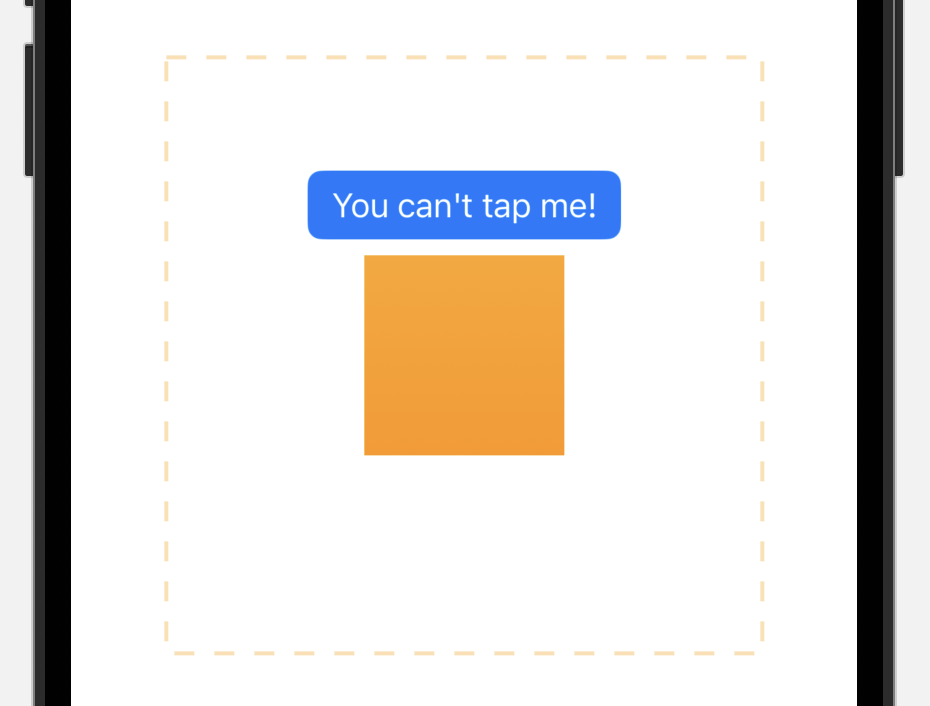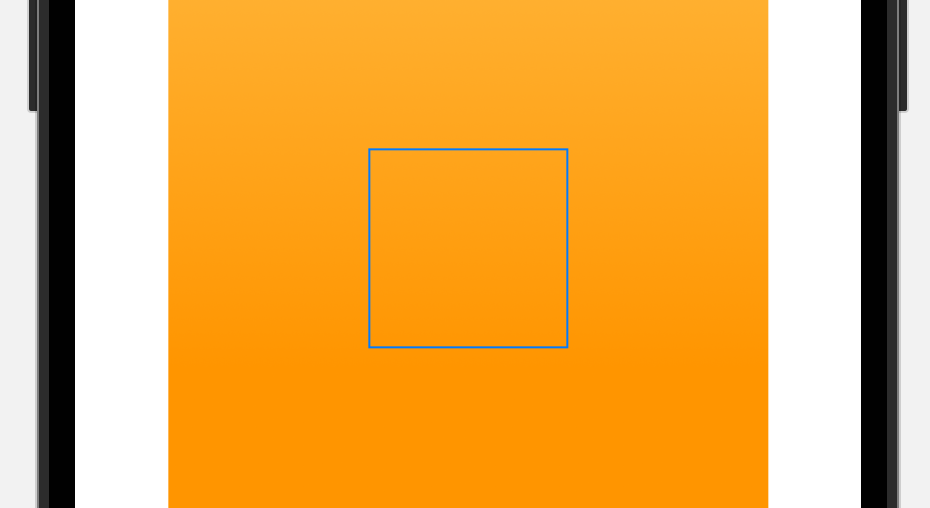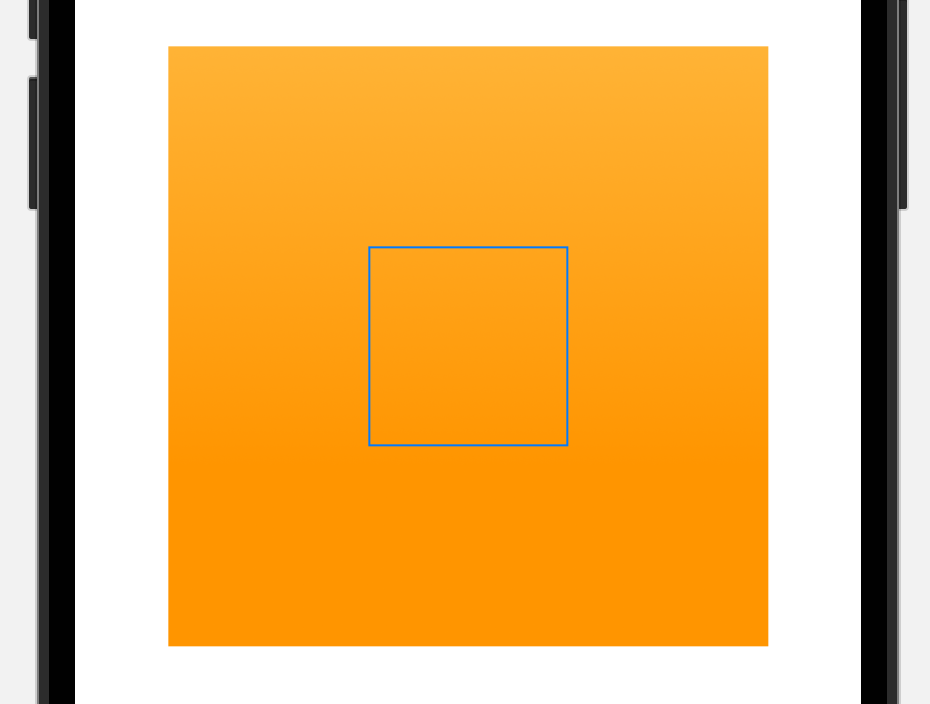The clipped() modifier in SwiftUI clips a view to its bounds, hiding any out-of-bounds content. But note that clipping doesn’t affect hit testing; the clipped view can still receive taps/clicks outside the visible area.
I tested this on iOS 16.1 and macOS 13.0.
Example
Here’s a 300×300 square, which we then constrain to a 100×100 frame. I also added a border around the outer frame to visualize the views:
Rectangle()
.fill(.orange.gradient)
.frame(width: 300, height: 300)
// Set view to 100×100 → renders out of bounds
.frame(width: 100, height: 100)
.border(.blue)
SwiftUI views don’t clip their content by default, hence the full 300×300 square remains visible. Notice the blue border that indicates the 100×100 outer frame:
Now let’s add .clipped() to clip the large square to the 100×100 frame. I also made the square tappable and added a button:
VStack {
Button("You can't tap me!") {
buttonTapCount += 1
}
.buttonStyle(.borderedProminent)
Rectangle()
.fill(.orange.gradient)
.frame(width: 300, height: 300)
.frame(width: 100, height: 100)
.clipped()
.onTapGesture {
rectTapCount += 1
}
}
When you run this code, you’ll discover that the button isn’t tappable at all. This is because the (unclipped) square, despite not being fully visible, obscures the button and “steals” all taps.

The fix: .contentShape()
The contentShape(_:) modifier defines the hit testing area for a view. By adding .contentShape(Rectangle()) to the 100×100 frame, we limit hit testing to that area, making the button tappable again:
Rectangle()
.fill(.orange.gradient)
.frame(width: 300, height: 300)
.frame(width: 100, height: 100)
.contentShape(Rectangle())
.clipped()
Note that the order of .contentShape(Rectangle()) and .clipped() could be swapped. The important thing is that contentShape is an (indirect) parent of the 100×100 frame modifier that defines the size of the hit testing area.
Video demo
I made a short video that demonstrates the effect:
- Initially, taps on the button, or even on the surrounding whitespace, register as taps on the square.
- The top switch toggles display of the square before clipping. This illustrates its hit testing area.
- The second switch adds
.contentShape(Rectangle())to limit hit testing to the visible area. Now tapping the button increments the button’s tap count.
The full code for this demo is available on GitHub.
Summary
The clipped() modifier doesn’t affect the clipped view’s hit testing region. The same is true for clipShape(_:). It’s often a good idea to combine these modifiers with .contentShape(Rectangle()) to bring the hit testing logic in sync with the UI.


